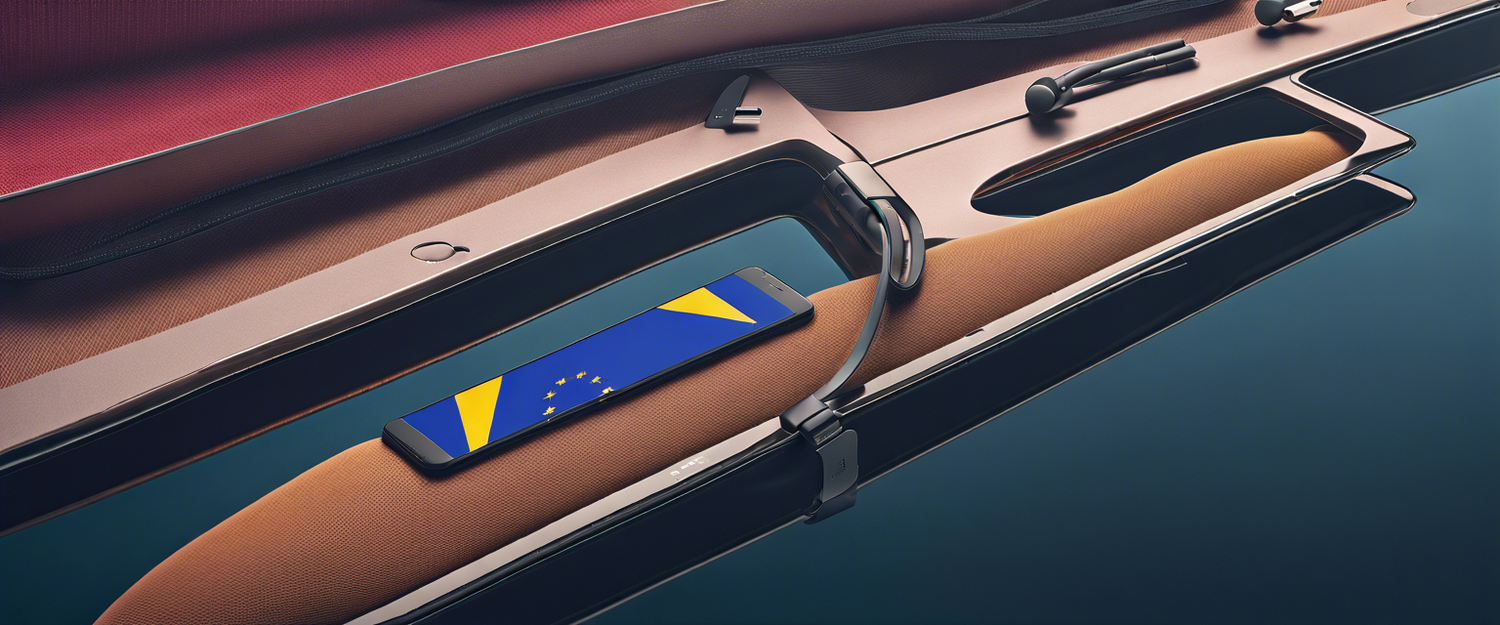EU's USB-C Mandate: A Game Changer for Chargers
Starting from December 28th, 2024, a significant proportion of gadgets sold within the European Union (EU) will be mandated to utilize USB-C connections for charging. This pivotal move, formalized under Directive 2022/2380, is part of the initiative known as the common charging solution. The driving forces behind this directive are to mitigate e-waste and address the fragmentation of the market.
Background: A Long-Awaited Agreement
The EU member states and parliament reached a pivotal provisional agreement on the common charging solution on June 7th, 2022. Following that, the legislation received formal approval in October 2022. EU countries have since been tasked with integrating these regulations into their national law by the deadline, enabling the new charging standards to take effect.
The Scope of the Directive
This directive is comprehensive and significantly affects both consumers and manufacturers, applying to a wide variety of products defined as radio equipment. According to the regulation, this includes:
- Handheld mobile phones
- Tablets
- Digital cameras
- Headphones and headsets
- Handheld videogame consoles
- Portable speakers and e-readers
- Keyboards and mice
- Portable navigation systems
- Rechargeable earbuds
However, it explicitly excludes laptops which have until April 28, 2026, to comply. Drones and other devices such as smartwatches remain in legal grey areas, with ongoing assessments expected to clarify their status.
Merging the Charging Standards
One of the directive's core aspects is the introduction of a unified framework for fast charging. Fast charging devices must now be compatible with USB Power Delivery (USB PD). This requirement aims to simplify the often-complicated fast charging landscape by ensuring consumer devices can recharge effectively regardless of the charger’s brand.
Market Impact and Compliance Issues
What will happen if a device is sold without a USB-C charging port after the deadline? Generally, products released before the cut-off date can still be sold in the EU. However, retail strategies may shift, leading manufacturers to preemptively remove such devices from their offerings.
Encouraging Responsible Consumption
An equally significant aim of the directive is to reduce waste from unnecessary chargers. Many manufacturers, including Apple, have already begun selling products without charging bricks, echoing the directive's intentions.
Visual Labels for Consumer Clarity
The directive will also introduce a new labeling system to inform consumers about charger availability and device capabilities. This initiative seeks to educate buyers and help them easily discern what their products require.
Will the Directive Succeed?
Enforcement of these new rules will be on individual member states, who will be responsible for market surveillance. This presents challenges, especially concerning compliance from smaller manufacturers and effectiveness in controlling imported technology.
Looking Ahead
The common charging solution holds the potential to streamline the charging infrastructure across Europe. Although the shift to USB-C was already in progress, the new regulations could further hasten this transition. However, their ultimate success hinges on the adaptability of the directive to future technological developments.
Conclusion
As the EU embarks on this ambitious initiative, it endeavors to strike a balance between consumer convenience, environmental sustainability, and the ever-evolving tech landscape. The coming years will reveal just how effective this charge towards compatibility and sustainability will be.



اترك تعليقًا
تخضع جميع التعليقات للإشراف قبل نشرها.
This site is protected by hCaptcha and the hCaptcha Privacy Policy and Terms of Service apply.